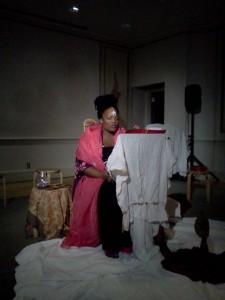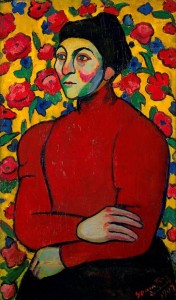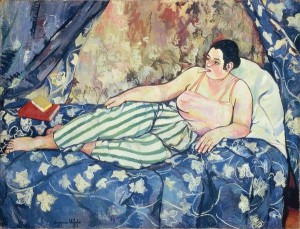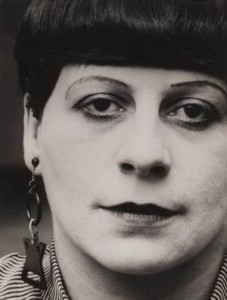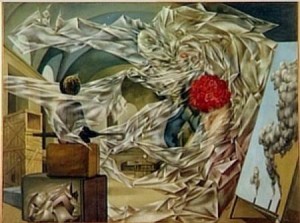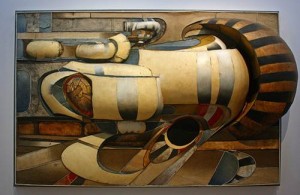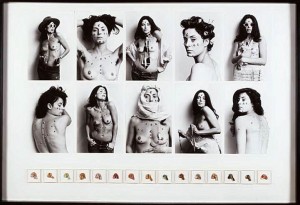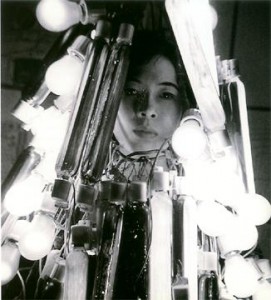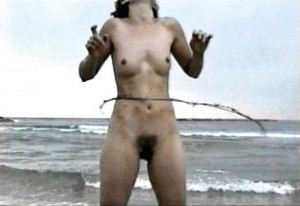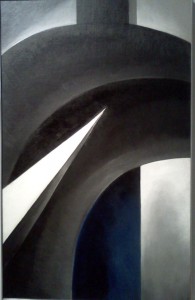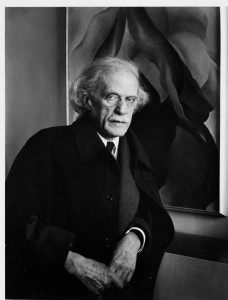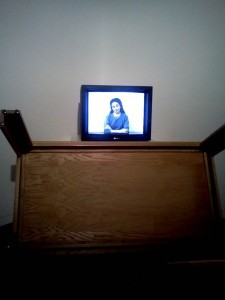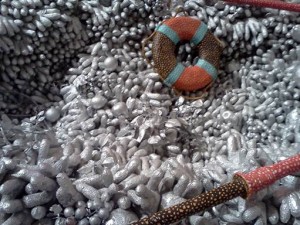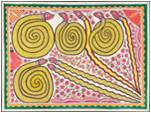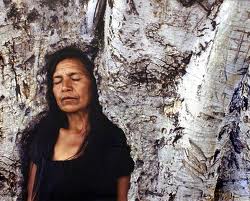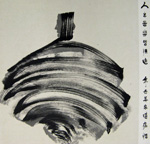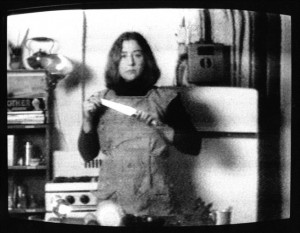“Elles” and Beyond: Women Artists Take on the World
In Paris “Elles” made a big splash and awakened a conversation debate and discussion about feminism. In Seattle we have had a city wide extravaganza of exhibitions of women’s art, symposia, concerts, lectures, performances and special events. It is impossible to assess, though if this really penetrated already held perspectives, changed any minds or even expanded thinking. We have some great creative people here, and some brilliant curators, but the critical discourse and analysis is flaccid. People did get worked up about the marketing of the show that used a photograph of a bikini clad bimbo, and with protesting a ridiculous work by a male artist in which he looked up all the local women artists names he could find and represented them by name with a rows of small outlined breasts. This is an inane response. But it reminds us why we need to give more thought to what these women are saying in their art. The issues they present are still with us.
Less than 20 percent of the Pompidou Center’s “Elles” exhibition crossed the sea, but because the show comes from France, we first of all have a great opportunity to see some extraordinary modern and contemporary art by women working in France and the rest of Europe. For me, it was extremely refreshing to have that emphasis. Finally, an exhibition of women’s art that isn’t based on our “canonical” history ie the Power of Feminist Art coming out of Lost Angeles in the 1970s.
It is not a systematic history, more of a series of unpredictable snapshots. I offer here a look at those snapshots, emphasizing the works that surprised or excited me.
In the very first room a stunning early painting by Sonia Terk-Delaunay jumps off the wall with highly saturated reds, along with examples of her pioneering abstract color painting. Nearby are two woks by the dynamic Russian futurist, Natalia Goncharova, a stage set from the Russian constructivist designer, Alexandra Exter, and a subtle Cubist painting by the less known Marie Blanchard.
While these women often had male partners and collaborators, Suzanne Valadon’s “The Blue Room ” launches defiance. Reclining on a bed with a luscious blue patterned spread (an accomplished homage to Matisse) a tough, real life woman poses in the way of traditional male paintings of nudes, but she is a subject not an object of male desire. With her cigarette in the center of her mouth, she assertively supports herself on one elbow. She wears loose fitting striped pants and her pendulous breasts are covered in a pink top. Valadon’s work speaks of defiance and disgust with male traditions (she herself had been a model and lover of such people as Renoir).
Paris in the 1920s, that hotbed of cross-dressing and sexual freedom by later to be outstandingly famous women and men, comes to us in the photographs of Gisele Freund, Dora Maar, and Berenice Abbott of such celebrities as Virginia Woolf, Vita Sackville West, Sylvia Beach, Nusch Eluard (above), and James Joyce, Jean Cocteau.
Another segment of photographs includes two photographers from that bastion of male domination, the Bauhaus- Lucia Moholy and Florence Henri . Here she is in a self portrait that confronts us with her intelligence and sense of her own strength.
Also not to be missed are paintings by the Surrealist Dorothea Tanning, Czech born Marie Toyen, and, especially, a 1927 experimental film by Germaine Dulac “La Coquille et le Clergyman.”
Jumping forward in time, was another surprise, Marie-Ange Guilleminot’s “Mes Poupees,” a 1993 video of the artist caressing a “doll” made of nylon stockings filled with seeds and covered with talc, a sensuous suggestive sculpture.
Familiar and still formidable work by sculptors like Lee Bontecou, Louise Nevelson and Louise Bourgeois, are followed by a room of abstract paintings, and then what Seattle Art Museum calls “Genital Panic” after a work by Valie Export, in the most provocative room in the exhibition. Export was another surprises for me, a formidable Austrian feminist performance artist. In one famous work called “Action Pants Genital Panic” made in 1969, she walked around movie theaters with the crotch of her pants cut out, thus directly confronting people with a counter narrative to the passivity of women in film. She is way out there.
Also in this room was Hannah Wilke, another bold feminist innovator, who invited people to chew gum which became like vulva which she then stuck on her body and posed in various pin up postures in “Starification Object Series.” Hanging high over our heads on one wall is the wonderful sculpture by Niki de St-Phalle a defiantly enormous woman of junk materials such as hundreds of pieces of dolls and old underwear . In this same room is Sonya Andrade’s “tv” format video of 1975 which is a hilarious and original send up of food shows, as the polite eater starts to throw the food at us ( it is stopped by a glass partition. Sanja Ivekovic, a Croatian artist, continues the theme of cutting the body ( I wondered why Yoko One wasn’t included here) as well as Orlan’s painful surgeries commenting on the cult of beauty.
The second half of the show has fewer surprises, although Atsuko Tanaka’s electric dress jumped out. But it is a reconstruction and should have had at least a photograph of the artist in the 1950s wearing this incredible garment constructed of hundreds of colored light bulbs that followed her nervous and circulatory system.
Particularly timely to see again are Mona Hatoum and Sigalet Landau’s videos, both metaphors of the Palestine Israeli conflict . They both address the body, one on the inside, as endoscopic surgery penetrates orifices, and one on the outside, Sigalet with a barbed wire hula hoop.
This show demands a lot of time ( I barely touched on the videos), and even more time if you immerse yourselves in the third floor, where the permanent collection has been rehung with only women artists, particularly Joan Mitchell, Lee Krasner and Helen Frankenthaler and up to the present with Jenny Holzer and even the very current Ghada Amer.
There is also a stellar collection of early modern artists including Northwest pioneer artists Ella McBride, Maude Kerns, and Imogen Cunningham, as well as two works by Georgia O’Keeffe and Charmion von Wiegand and three of the so called American Abstract Artists of the 1930s.I wrote about both Charmion and the AAA in my book Art and Politics in the 1930s in case you want some context on this period.
The inimitable Sandra Jackson-Dumont brought us Christa Bell performing “1001 Holy Names ” for guess what and she has installed an Adrian Piper work in the Jacob Lawrence Gallery called “Cornered.” It confronts us with our own racism in a particularly effective way. Watch and be cornered. Needless to say, both “Elles”, and SAM have a skimpy representation of women of color.
So it is a delight that , without any question, Yayoi Kusama steals the show on the third floor, (all works on loan from the Gagosian Gallery). Her wriggling erotic forms crawl everywhere on shoes, hats, furniture, walls, floors. She takes the sterility of minimal grids and crosses it with organic shapes that seem to crowd together like an underwater coral. The boat in the show constructed of stuffed work gloves, as well as the snake like yellow and black eruptions on the floor, take over. Her painstaking, obsessive compulsive patterns cover acres of canvas, but the three dimensional forms are much more evocative for me in their physical presence. Kusama lives in a mental hospital in Japan by choice. We should all be so self aware.
From the perspective of global feminism other exhibitions in Seattle took it further. At the Asian Art Museum, women’s paintings from the land of Sita is a dazzling exhibition by artists who formerly decorated houses, and now make paintings on canvas.
That museum is also showing “Touba”, by Iranian Shirin Neshat, the two screen video that takes its title and its “sacred” tree from Tooba and the Meaning of Night by Shahmush Parsipur.
Finally, at the Seattle Asian Art Museum, there are two Chinese artists, Chung Ho Fraenkel, an extraordinary calligrapher, and Lu Wu Ju, an expressionist ink painter.
So where are we so far? Seattle is a city that can be really cosmopolitan. We are fortunate in our curators and their innovative approaches. As far as women artists are concerned to immerse ourselves in these art works is to provoke us to think about women’s place in yesterday’s and today’s world. They are still primarily working within the intellectual confines of the world of culture as artists, but they have more freedom of action. On the other hand, the risk is that with that freedom they are not as compellingly confrontational. Looking at Pipilotti Rist’s videos, I was left completely flat, compared to the work of say Martha Rosler, Eleanor Antin, or Ana Mendieta. Her work seems cliched and decorative. Today’s world has a myriad of really important women’s issues that could be addressed by artists if they chose.
More to come.
This entry was posted on November 25, 2012 and is filed under Art and Activism, art criticism, Contemporary Art, Feminism, Iranian Women, Israel Palestine, Sandra Jackson-Dumont, Seattle Art, Seattle Art Museum, Shirin Neshat, Uncategorized.

